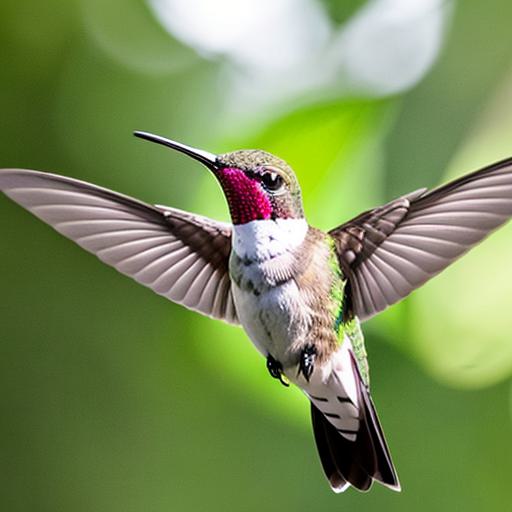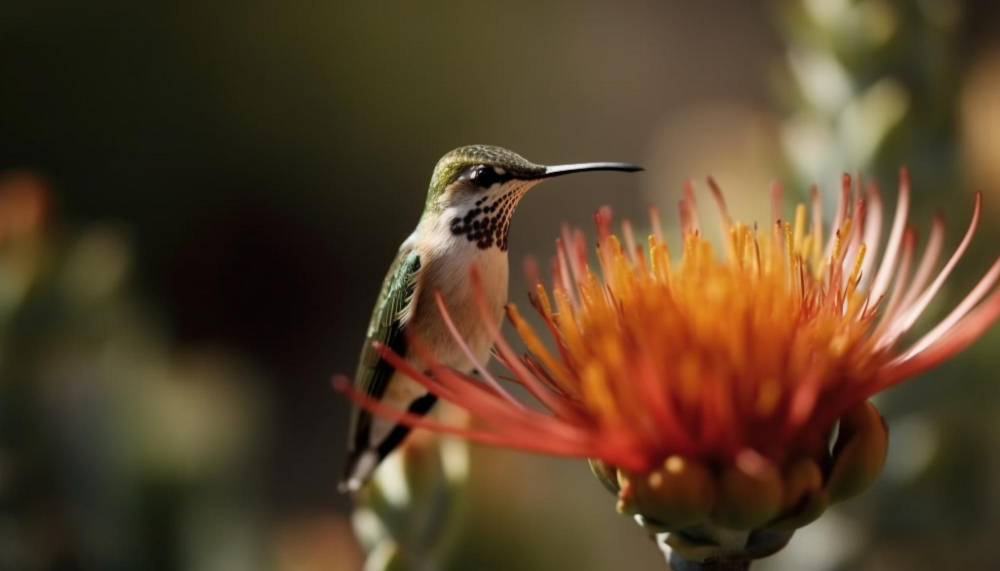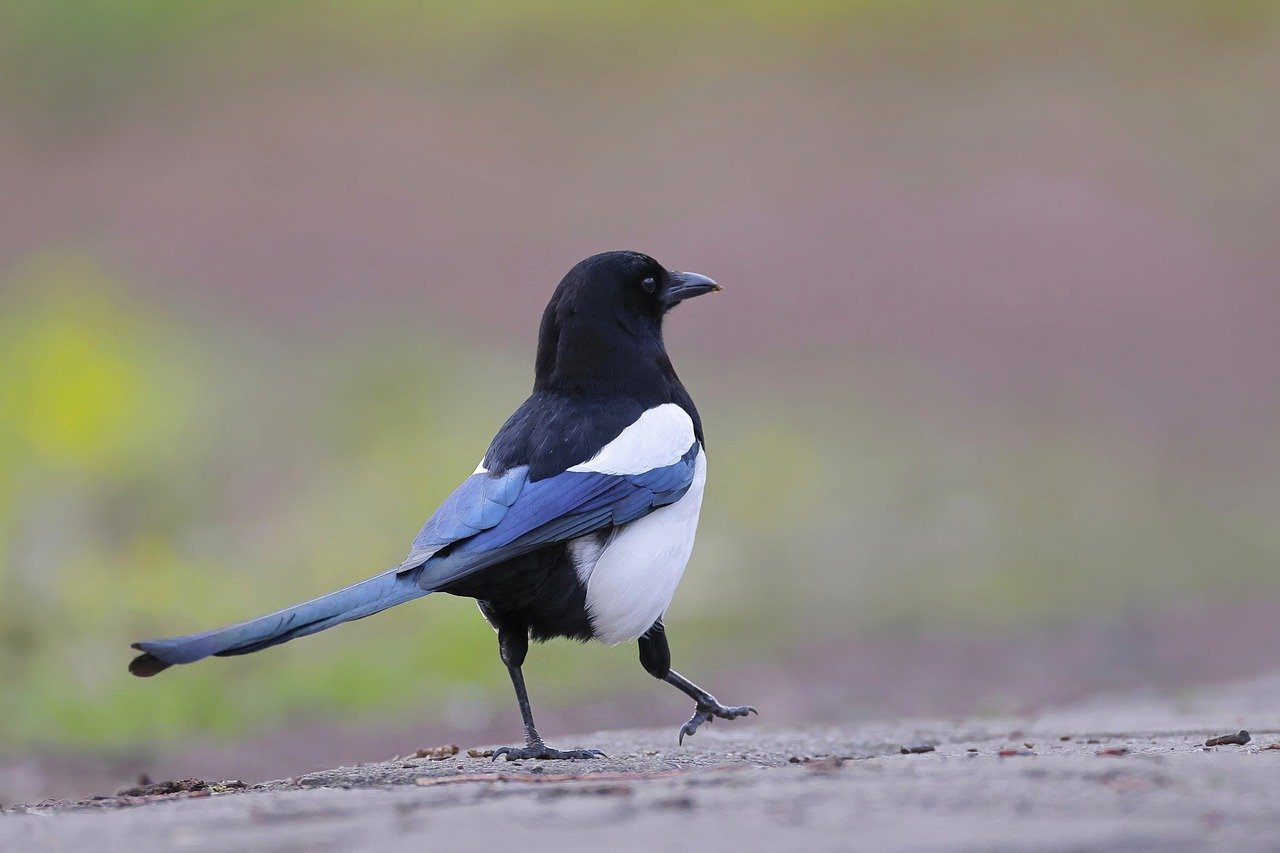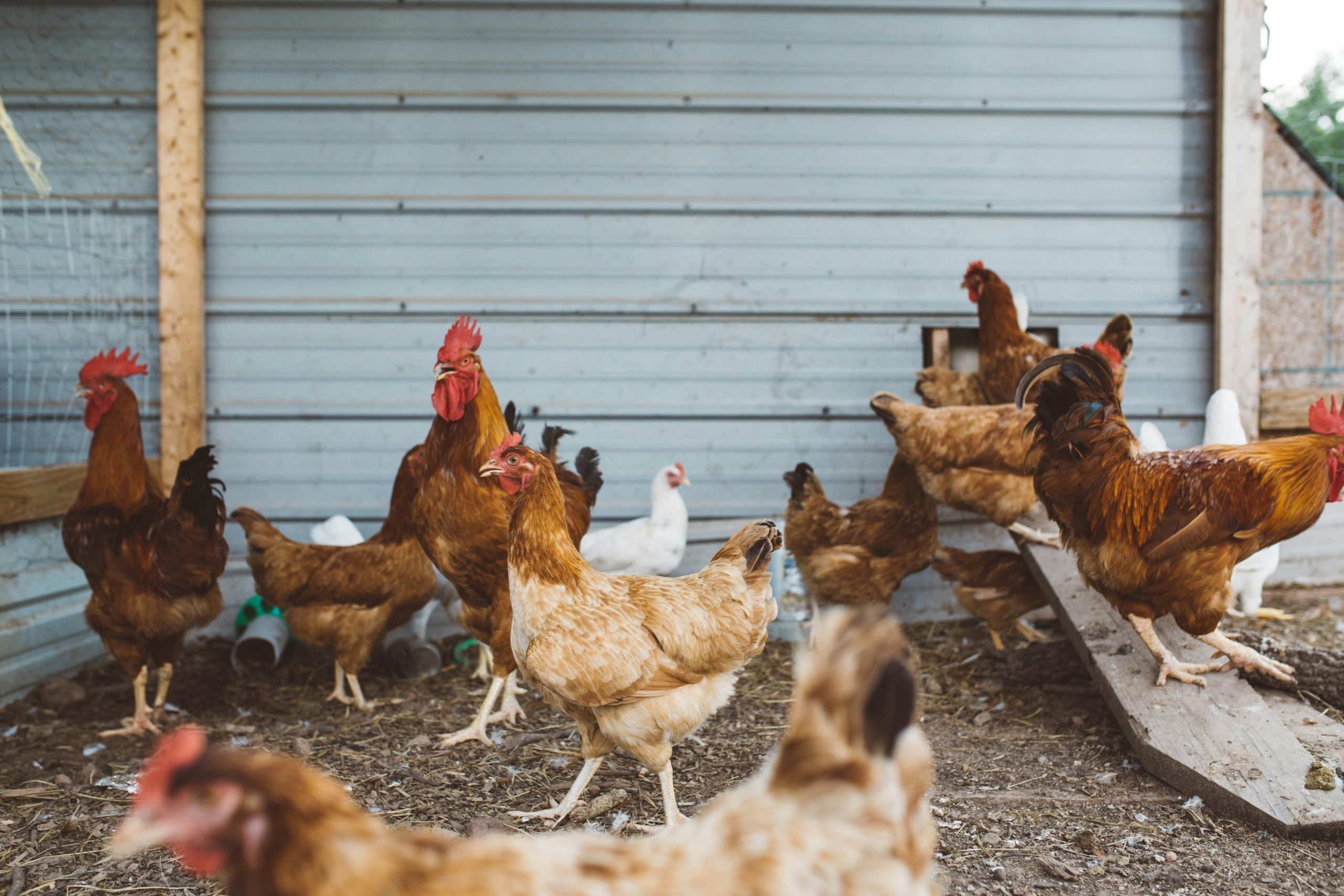Hummingbirds, with their vibrant colors and astonishing agility, have captured the hearts of bird enthusiasts and nature lovers alike. One particular flower that seems to hold a special place in their hearts is the petunia. But do hummingbirds like petunias? These delightful little birds have been observed frequently visiting and feeding on the nectar of petunias. In this article, we will uncover the reasons behind the apparent love affair between hummingbirds and petunias, exploring the fascinating connection between these tiny marvels of nature and the enchanting petunia blossoms.
HUMMINGBIRDS AND THEIR PREFERENCES
Hummingbirds are attracted to brightly colored, tubular flowers that provide ample nectar. Unlike bees, hummingbirds have slender bills and long tongues perfectly adapted for accessing nectar from certain blooms. They prefer flowers with a high sugar concentration in the nectar. Petunias happen to possess many of these desirable traits that appeal to hummingbirds.
The pendulous trumpet-shaped flowers provide an appealing shape, resembling other popular hummingbird favorites. Certain varieties produce large amounts of sugar-rich nectar as an evolutionary adaptation specifically geared towards attracting pollinators like hummingbirds across long distances. As prolifically flowering annuals and perennials, petunias also supply plentiful nectar-feeding opportunities over long seasons in suitable climates.
Types of Petunias To Grow in Your Garden to Attract Hummingbirds
All petunia varieties will draw in visiting hummingbirds to some extent, but these types are exceptional nectar producers selected specifically for pollinator appeal:
Supertunia Vista Bubblegum – These lush, floriferous hybrids bloom nonstop in vivid pinkish-purple shades. The trumpet flowers are over two inches long with abundant reserves held deep within the tubes to reward hummingbird visits.
Supertunia Vista Paradise – One of the most popular options, this vigorous, cascading selection bears electric bright pink blooms in prolific quantities all season long as the dense mounds spread over three feet wide.
Supertunia Vista Silverberry – For cooler garden color palettes, the soft lavender tone of these abundant petunia blooms contrasts beautifully with foliage or stone backdrops while attracting endless hummingbirds all summer.
Supercal Premium Neon Rose – The eye-popping saturated color of these roses will stop hummingbirds mid-flight. The extra-large flowers have an open face revealing copious inner nectar rewards.
THE BENEFITS OF ATTRACTING HUMMINGBIRDS WITH PETUNIAS
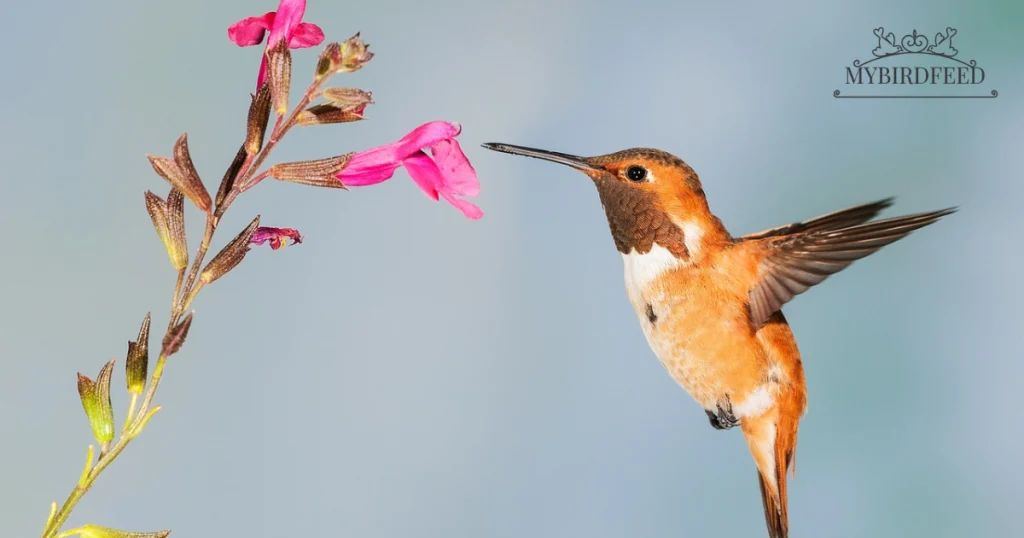
Here are the positive advantages of relying on beautiful, carefree petunias as a designated hummingbird garden magnet:
Visual Spectacle – Few garden sights compare with energetic hummingbirds zipping from bloom to bloom probing each flower. Their incredible aerial shows inevitably inspire awe in viewers.
Greater Pollination – In their nectar foraging activities, hummingbirds transfer pollen improving fruit and seed yields for tomatoes, squash and other crops.
Natural Pest Control – Tiny insects and larvae inadvertently get consumed by hungry hummers providing needed protein balance to fuel their extreme metabolisms.
Enhanced Garden Experience – Observing delicate hummingbirds sippingBeautiful, carefree petunias attracting crowds of energetic hummers boosts every gardener’s enjoyment and connection with nature.
Balanced Reciprocity – By growing the flowers they co-evolved with for millennia, we support hummingbird conservation through historically harmonious relationships.
Petunia Growing Tips
Here are some key tips for successfully growing petunias to bring hummingbirds into your garden:
How To Plant Petunias:
Light Conditions – Petunias need 6+ hours of direct sunlight daily for prolific flowering. Select an open site without shadows cast by trees, fences or structures.
Soil Requirements – Plant in organically enriched, loose, well-drained soil to allow deep root establishment and prevent fungal issues.
Fertilization – Use a balanced flower fertilizer at time of spring planting, then monthly once blooming begins. Fertilize sparingly to emphasize flowers over foliage.
Watering Habits – Keep plants consistently moist but not saturated for the first few weeks until an extensive root system develops, then water thoroughly only when soil dries out. Wet foliage invites fungal disease.
Maintenance – Pinch back early in the season to encourage bushier, branching growth for maximum flower production. Deadhead individual faded flowers to extend overall display.
Follow these simple tips and you’ll have abundantly flowering petunia displays graced by constant hummingbird visitors all season long. Site them by patios or picture windows where you can marvel at their aerial acrobatics in action!
Five Other Flowers Hummingbirds Love
While petunias top the list, consider also incorporating these other favorite hummingbird flowers known for their appeal:
Fuchsia – This shade garden classic offers elegant dangling blooms perfectly designed to access the abundant nectar reserves. Hummingbirds delicately probe each individual flower as they work their way among the profuse drooping stems.
Bee Balm – Also called monarda, the dense clustered flowers ringing these plants provide a visual bullseye target calling thirsty hummers near to dip their slender beaks into each tubular bloom.
Cardinal Flower – No backyard wildlife garden is complete without this summer show-stopper bedecked in countless vivid red spikes drawing squadrons of hummingbirds jostling for position as they vie for nectar rights.
** Columbine** – Spring-blooming columbines offer early season sustenance with their bouquet-like arrangement of nectar-rich blossoms tipped tantalizingly downward atop delicate stems obliging arboreal flexibility by visiting hummers.
Coral Honeysuckle – This sturdy perennial vine supplies copious flowers whose tubular shape and abundant sweet nectar perfectly match hummingbird feeding abilities as they insert their elongated tongues deep inside each bloom throughout the seasons in warmer zones.
Do Hummingbirds Like Petunias for More Than Just Nectar
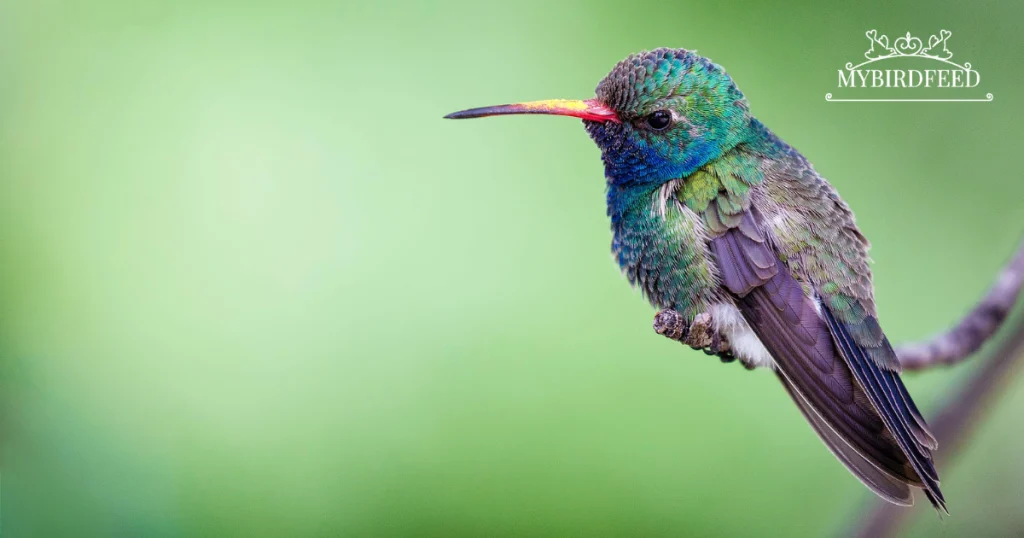
Hummingbirds are renowned for their insatiable appetite for nectar, driven by their high metabolic rate and constant activity. To answer the question “Do Hummingbirds Like Petunias,” it’s evident that they do! Luckily, petunias, with their trumpet-shaped blooms, provide the perfect solution. These delightful flowers offer a bountiful supply of sweet nectar, serving as vital fuel for the hummingbirds, ensuring they have the energy to maintain their astonishing agility and vibrant colors. The irresistible allure of petunias makes them a favorite destination for these fast-flying marvels of nature.
The Allure of Color
Do Hummingbirds Like Petunias? Hummingbirds are irresistibly drawn to bright, vibrant colors, and petunias offer an alluring display. With their striking shades of purples, pinks, and reds, these flowers become a visual feast for these delightful birds. The vivid hues of petunias act as a natural invitation, gracefully guiding hummingbirds towards these captivating blooms, where they find a rich source of nectar.
A Perfect Landing Pad
Do Hummingbirds Like Petunias? Petunias are ideally suited for hummingbirds’ hovering abilities. The question finds an answer in their actions. The trumpet-shaped flowers provide a stable platform for these agile birds to pause mid-air while sipping nectar. As they inquire into the depths of each blossom, their rapid wing beats enable their unique hovering skills, creating a magical sight of grace and precision.
Abundance in Urban Settings
Do Hummingbirds Like Petunias? As urbanization expands, hummingbirds have adapted remarkably to thriving in urban landscapes. Petunias, commonly used in landscaping and gardening, are readily available in cities, providing a convenient and abundant food source for these agile birds. Their ability to find sustenance amidst urban developments highlights their adaptability, and the presence of petunias adds a touch of natural beauty to the concrete jungles, creating a harmonious coexistence between humans and these tiny, colorful marvels.
A Symbiotic Relationship
Do Hummingbirds Like Petunias? The relationship between these two is undeniably symbiotic. As hummingbirds indulge in petunia nectar, they unknowingly play a crucial role in the plant’s reproduction by transferring pollen between flowers. In return for their inadvertent assistance, petunias generously provide these tiny pollinators with a nourishing and energy-packed meal. This mutual exchange between hummingbirds and petunias highlights the remarkable interdependence that exists in the intricate web of nature, showcasing how even the tiniest creatures contribute to the thriving ecosystem around them.
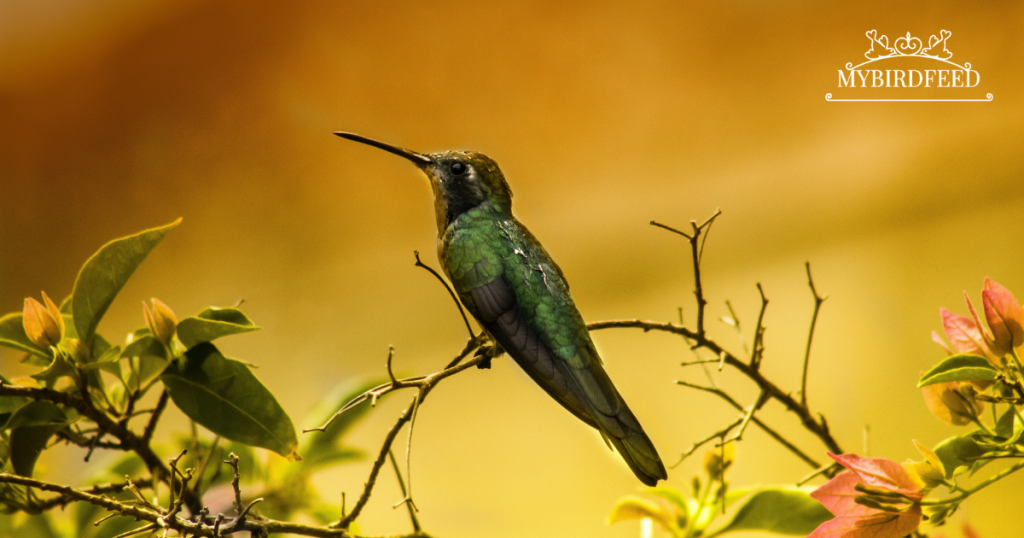
Observing Nature’s Beauty
Do Hummingbirds Like Petunias? The captivating charm of these interactions adds a touch of wonder and joy to any garden or landscape. As these tiny marvels hover and feed on petunia nectar, their vibrant colors and astonishing agility create a mesmerizing display of nature’s beauty in motion.
Seasonal Considerations
Do Hummingbirds Like Petunias? The blooming season of petunias often aligns perfectly with the migration patterns of these agile birds. As hummingbirds embark on their migratory journeys, the timely availability of petunia blooms serves as a vital source of sustenance along their routes. These vibrant flowers, with their sweet nectar, act as nourishing pit stops for tireless travelers, providing them with the energy they need to continue their incredible journey across vast distances. The synchronized dance of petunias and hummingbirds in nature’s grand symphony ensures a seamless flow of life throughout their migratory paths.
A Touch of Nature’s Magic
Do Hummingbirds Like Petunias? The love affair between hummingbirds and petunias exemplifies the magic of nature. As these tiny creatures gracefully hover around the charming flowers, the mutual attraction is evident. Their enchanting interactions showcase the beauty and intricacy of the natural world, where even the tiniest beings find harmony and sustenance in each other’s presence. The vibrant colors of the petunias act as a magnet for the agile birds, creating a mesmerizing sight that captures the hearts of all who witness this wondrous display of nature’s interconnectedness.
Geographic Preferences
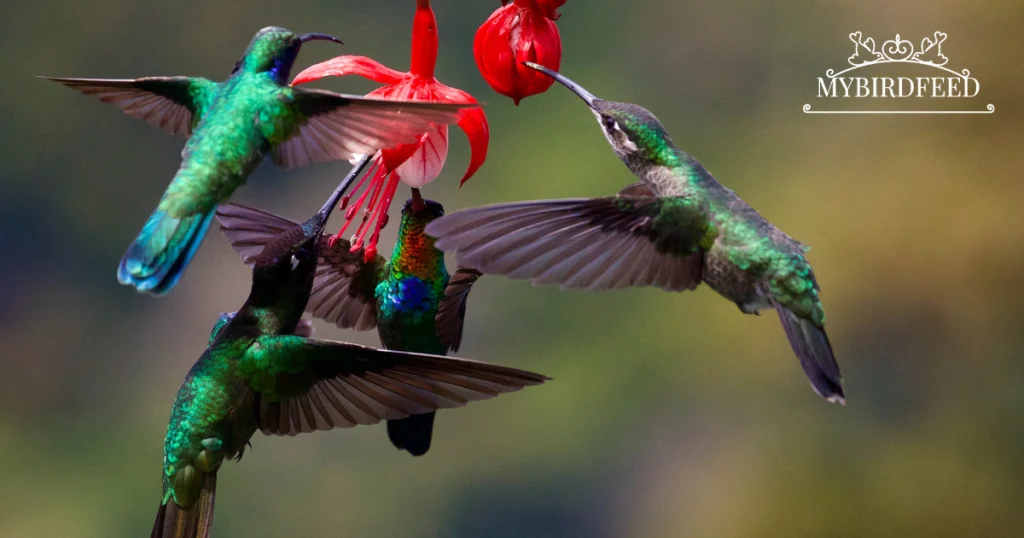
Do Hummingbirds Like Petunias? Hummingbirds’ preference for petunias may indeed vary based on geographic location and species. In certain regions, a higher population of hummingbirds might exhibit a particular fondness for these charming flowers. Their diverse tastes and adaptability to local environments play a role in shaping their nectar-seeking behaviors.
Tips for Creating a Hummingbird-Friendly Garden
Follow this advice for designing borders, beds and container gardens sure to attract visiting hummingbirds far and wide:
Plant Native Species – Local indigenous flowers co-evolved right alongside hummingbird species and remain better adapted to their precise needs compared to exotic imports.
Vary Flower Colors – Incorporate a diverse spectrum from cool blues and purples through hot reds and oranges – hummingbirds see well across the range and have individual color preferences.
Extend Seasons of Bloom – By planning sequential flowers from early spring through late fall, you provide consistent nectar as hummingbirds move through breeding, nesting and migration cycles.
Include Night-Blooming Flowers – Moonflower, evening primrose and angel’s trumpet provide crucial late-day sustenance when hummingbirds metabolism needs peak going into cooler nights.
Set Up Water Features – The sound and movement of fountains, waterfall or misters draws these water-loving species frequently to drink and bathe.
Avoid Pesticides – Never apply toxic chemicals or allow drift into flowering havens hummingbirds depend on for safe food supplies.
Conclusion: do hummingbirds like petunias
Do Hummingbirds Like Petunias? With their abundant nectar, vibrant colors, and the perfect landing platform, petunias become an irresistible destination for these tiny marvels of flight. As we witness these magical interactions, let us cherish the beauty of nature and strive to create environments that support and nurture this fascinating relationship.
FAQs: do hummingbirds like petunias
Do hummingbirds like petunias more than other flowers?
While petunias are a top nectar source, hummingbirds need diverse flower types to meet seasonal nutritional needs. Native wildflowers co-evolved right alongside hummingbirds over millennia making them ideal food sources. But prolific, nectar-rich annuals like petunias make excellent supplemental additions attracting visiting hummers.
What color petunias do hummingbirds prefer?
Bright red petunias grab hummingbird attention best initially across distances. Once up close, preferences expand to include other vivid colors like pink, purple, salmon or yellow. Avoid darker shades that make it hard to see rich interior nectar stores. A diversity of petunia flower colors and forms keeps visiting hummers interested over long seasons.
Do I need a special nectar feeder to attract hummingbirds?
While helpful supplements, automated nectar feeders should not substitute for flower-derived nutrition that offers superior taste and micronutrients. Let sipping sweet petunia nectar lead hummers to explore feeders. Then keep feeders meticulously cleaned to avoid dangerous mold since the sugar solution lacks natural antimicrobials real flowers provide.
What is the best place to plant petunias to attract hummingbirds?
Site petunias prominently in full sun border areas, container islands or hanging baskets making flowers easy to spot and access. Near woodland edges, meadows or water features also makes sense mimicking natural habitats many hummingbird species frequent. Just ensure abundant visibility both up close and from a distance.
How often do hummingbirds visit petunia gardens?
Once a prolific patch becomes established, expect hummingbird visitors constantly shuttling to flowers throughout daylight hours apart from occasional breaks. Territory owners visit regularly to reinforce claims by chasing off intruders. Females stopping by sporadically while gathering insects and constructing nests depend on reliable nectar too.
Conclusion
With their sensitively adapted anatomy and appetites, hummingbirds rely on specialized tubular flowers offering sweet sustenance they can access. On both sides, intimate co-evolution between plants and pollinators drove this matchmaking process. So an informed gardener can replicate nature’s model by planting designated hummingbird favorites like petunias explicitly designed to attract these delicate aerial acrobats. Prolific blooms erupting in bold colors, rich scent and sweet nectar rewards bring traffic winging excitedly your way. Appreciating the up-close spectacle of dueling hummingbirds probing each gorgeous blossom makes planting with a purpose all the more meaningful. When nurturing preferred plants and preferred pollinators together, the collaborative result fuels an interconnected ecosystem in vibrant balance.

